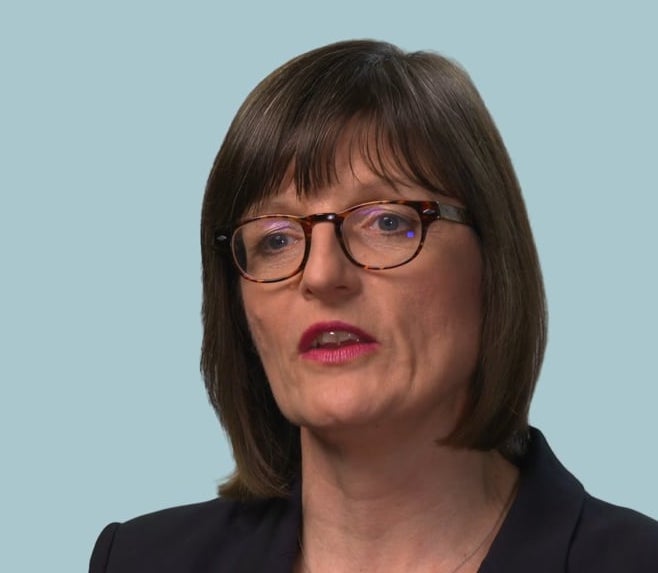Emma Wilkinson talks to respiratory healthcare professionals in the UK about how they have adapted their services to the COVID-19 pandemic – and how they have discovered that the new ways of working are often an improvement on ‘traditional models’
Now that the peak of the ‘first wave’ of COVID-19 has passed in the UK and hospitals find themselves with only a handful of patients needing treatment for coronavirus, the focus has shifted to how to get back to the routine care while maintaining social distancing especially for vulnerable patients.
Across the board, the UK’s National Health Service is seeing innovation at an impressive speed. Services that never would have been considered – drive through spirometry or flu vaccination being recent examples – are now being put in place. The mantra across respiratory services is ‘we’re not going back to how it was before’.
“There is an opportunity to innovate to streamline services and improve practice”, the British Thoracic Society said in its recommendations on resuming services.
The limbic has spoken to clinicians across the UK who believe the changes they made during lockdown will continue and are already adapting to improve on the new models they have developed.
Community COPD care

Dr Justine Hadcroft
For one respiratory team in the north, COVID-19 has offered the opportunity to redesign their existing service which supported people with COPD exacerbations to stay out of hospital either as part of an early supportive discharge or by referral from the GP.
Dr Justine Hadcroft, consultant respiratory physician at Liverpool University Hospitals NHS Foundation Trust, said they had always wanted to do more with telehealth but the service was too slow to provide any benefit. The pandemic forcing everyone into remote working means they can now have monitoring equipment in people’s homes within 24 hours.
As the pandemic hit and their COPD patients disappeared – either too scared to seek help or because of a true fall in exacerbations – the team also considered what they could do to support COVID-19 patients.
“What we were seeing in some patients is that after about seven days they would have a sudden deterioration and they might need more oxygen or ventilation. So for the ones that were going to be discharged home, we thought could we help keep an eye on them.”
The telehealth service meant they could take blood pressure, heart rate and O2 saturation levels three times a day in COVID-19 patients at home and provide a daily phone call. Any change from a set threshold would trigger an alert.
“We found that we were providing a lot of reassurance. Patients had a lot of psychological issues having being admitted to hospital and then discharged.” Just a few weeks ago they set up a scheme with the emergency department for patients who don’t need to be admitted but could benefit from monitoring.
“I’m really interested to see how our support of the emergency department works out. If we have a second wave, we might be able to save beds and I wonder if we might be able to save lives because for those who need it we can bring them in early and start dexamethasone – now we have therapeutic options.”
The access to telehealth for the existing COPD service means the nurses can limit their visits rather than having to go to patients homes daily or every other day.
Exercise for cystic fibrosis patients
The adult Cystic Fibrosis service based in Cardiff serves 300 patients all across Wales and exercise is a key part of its outpatient offer with four gyms in the department. When COVID-19 came along, the online exercise classes that the team had been “tinkering” with on a sporadic basis turned into a full virtual leisure centre delivering specialised exercise classes.
